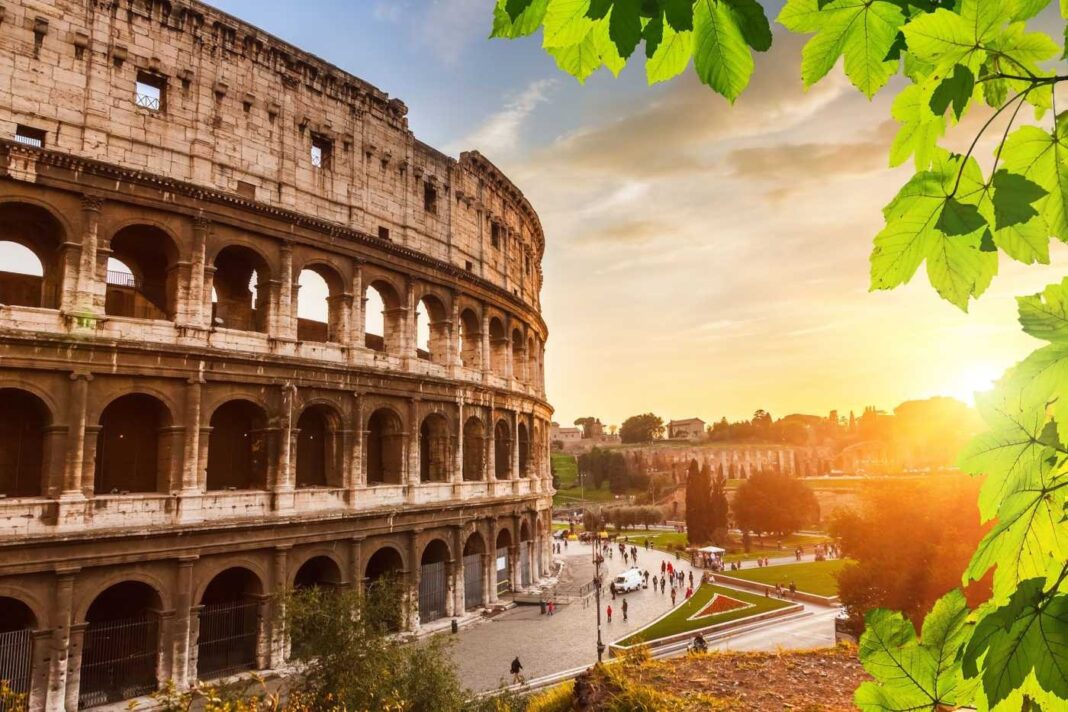If you’re planning your first vacation in Rome, museums might not be the first thing on your list. But once you’ve seen the Colosseum and eaten your fair share of carbonara, the museums are where the city’s deep layers of history and art come to life. From ancient sculptures, Renaissance paintings, to archaeological treasures, Rome has a museum for you.
Here’s a guide to the best museums for first-time visitors.
Vatican Museums
Even if you’ve never set foot in Italy, you’ve probably heard of the Vatican Museums. Located within Vatican City, this is a vast complex of galleries and courtyards filled with some of the most important artworks in the world.
What to see:
- Sistine Chapel – Michelangelo’s ceiling is as impressive in person as you expect. You’ll want to take a few quiet minutes just to take it in. The ceiling’s frescoes, especially The Creation of Adam, are filled with motion and emotion—each figure painted with such depth and tension that you can almost feel the divine spark leaping across the sky.
- Gallery of Maps – This is a long corridor with enormous hand-painted maps of Italy from the 1500s. It’s a highlight during any walking tour in Rome through Vatican City. Each map is framed by ornate frescoes and gold detailing, making the hallway feel more like a royal gallery than a cartographic archive offering a vivid glimpse into how Italians viewed their world during the Renaissance.
- Raphael Rooms – A suite of four richly decorated chambers where Raphael and his workshop painted grand frescoes showing scenes of philosophy, theology, law, and poetry. The most famous is The School of Athens. This masterpiece combines ancient thinkers like Plato and Aristotle in a balanced composition that symbolizes the harmony of classical knowledge and Renaissance art.
Capitoline Museums
Perched on Capitoline Hill, this museum complex is perfect to get a sense of ancient Rome without stepping too far back in time. It’s the oldest public museum in the world, opened in 1734, and offers a sweeping view of Roman history in one location.
Inside, you’ll find the iconic bronze statue of Marcus Aurelius on horseback, fragments of the colossal statue of Constantine, and the famous she-wolf sculpture linked to the legend of Romulus and Remus.
A major plus: the buildings themselves are stunning. Designed by Michelangelo, the layout of the outside square makes this stop worth including in your walking tour Rome.
Galleria Borghese
This museum sits in the middle of the beautiful Villa Borghese park. It’s small, which makes it ideal if you don’t want to spend hours wandering endless halls. But don’t let its size fool you as some of the best works by Caravaggio, Bernini, and Canova are here.
One of the must-see pieces is Bernini’s sculpture of “Apollo and Daphne.” It’s carved entirely from marble but looks like it’s floating. You can even see the strands of Daphne’s hair turning into leaves.
Booking ahead is important as it’s only a limited number of people are allowed in every two hours. Combine your visit with a stroll through the gardens and you’ve got a peaceful, art-filled break from the busier streets.
National Roman Museum (Palazzo Massimo alle Terme)
If you’re curious about how Romans lived and what they left behind, this is the place. The National Roman Museum has several locations, but Palazzo Massimo is the most accessible for first-timers.
Here, you’ll find beautifully preserved frescoes from ancient Roman homes, delicate mosaics, and even hairstyles carved into statues with incredible precision. The highlight? A room with the original wall paintings from the Villa of Livia (wife of Emperor Augustus). The colors are still vivid over 2,000 years later.
This stop gives real context to everything else you’ll see on your vacation in Rome.
MAXXI (Museum of 21st Century Arts)
If you prefer modern art, MAXXI is your spot. The building alone, designed by Zaha Hadid, is striking, sleek curves and sharp angles that feel miles away from ancient stone and Renaissance domes.
Inside, it’s all about contemporary works—photography, installations, video, and architecture. It contrasts the city’s older art well and reminds you that Rome isn’t stuck in the past. You’ll find Italian and international artists; the exhibits change regularly, so it always feels fresh.
If you’re including some lesser-known stops in your walking tour in Rome, MAXXI is in the Flaminio district, a quieter area where you can enjoy lunch without the crowds.


